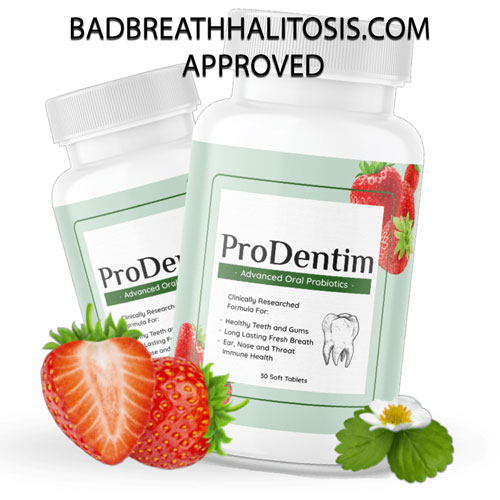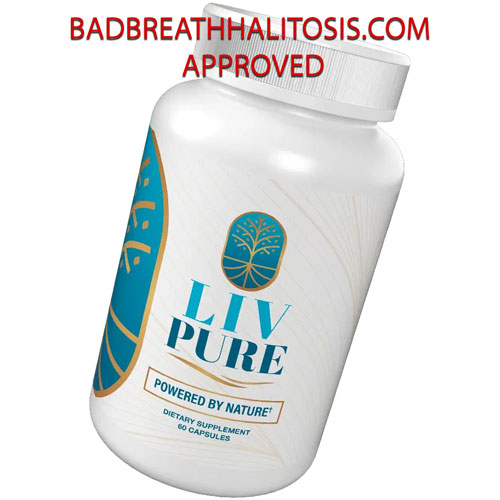hello everyone . have yo ever heard of this?
http://body.aol.com/health/cures-uncommon/page2


treating bad breah with blue light?
Zap Bad Breath with Blue Light
Duct tape has hundreds of uses, but apparently researchers at Hebrew University Hadassah School of Dental Medicine felt that fixing a malodorous mouth shouldn't be one of them. So they experimented with other, less restrictive ways to stop the stench, including shining some light on the problem. In a study reported in the Journal of Medical Microbiology, the scientists exposed saliva samples to various wavelengths of light and then conducted a sniff test. The winner: blue light--by a nose.
"It induces the production of oxygen radicals, which are harmful to anaerobic bacteria, the producers of bad breath," says study author Nir Sterer, D.M.D., Ph.D.
Make it work for you: Until researchers develop a safe, handheld blue-light device, you'll need to get creative. To that end, try replacing the lightbulbs over your bathroom sink with a set of GE Reveal bulbs ($4)--they give off the necessary bug-bashing rays. Then just complete your normal twice-a-day routine--floss, brush, scrape, gargle. Whatever light that manages to filter into your mouth may help your halitosis, and it won't hurt--unless you stand on your tiptoes and bare your teeth to the bulbs; prolonged, close-up exposure to blue light has the potential to harm sensitive gum tissue.
Duct tape has hundreds of uses, but apparently researchers at Hebrew University Hadassah School of Dental Medicine felt that fixing a malodorous mouth shouldn't be one of them. So they experimented with other, less restrictive ways to stop the stench, including shining some light on the problem. In a study reported in the Journal of Medical Microbiology, the scientists exposed saliva samples to various wavelengths of light and then conducted a sniff test. The winner: blue light--by a nose.
"It induces the production of oxygen radicals, which are harmful to anaerobic bacteria, the producers of bad breath," says study author Nir Sterer, D.M.D., Ph.D.
Make it work for you: Until researchers develop a safe, handheld blue-light device, you'll need to get creative. To that end, try replacing the lightbulbs over your bathroom sink with a set of GE Reveal bulbs ($4)--they give off the necessary bug-bashing rays. Then just complete your normal twice-a-day routine--floss, brush, scrape, gargle. Whatever light that manages to filter into your mouth may help your halitosis, and it won't hurt--unless you stand on your tiptoes and bare your teeth to the bulbs; prolonged, close-up exposure to blue light has the potential to harm sensitive gum tissue.
